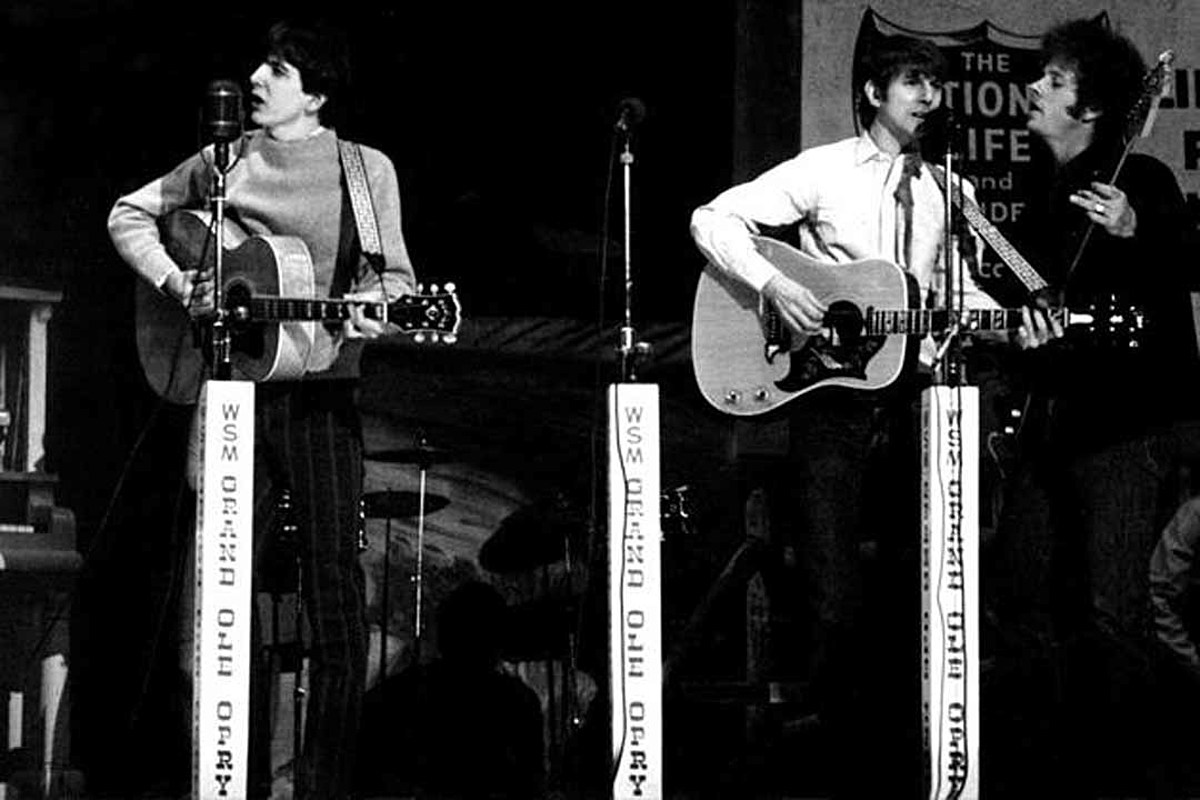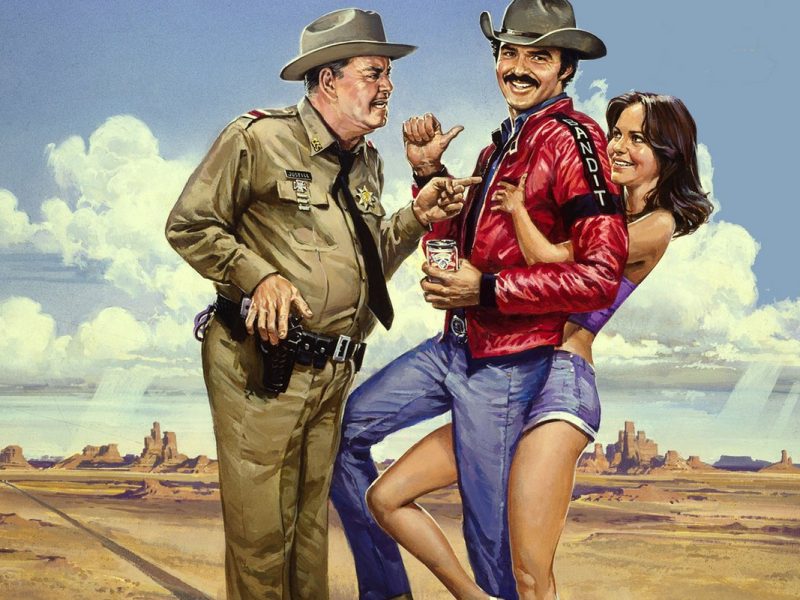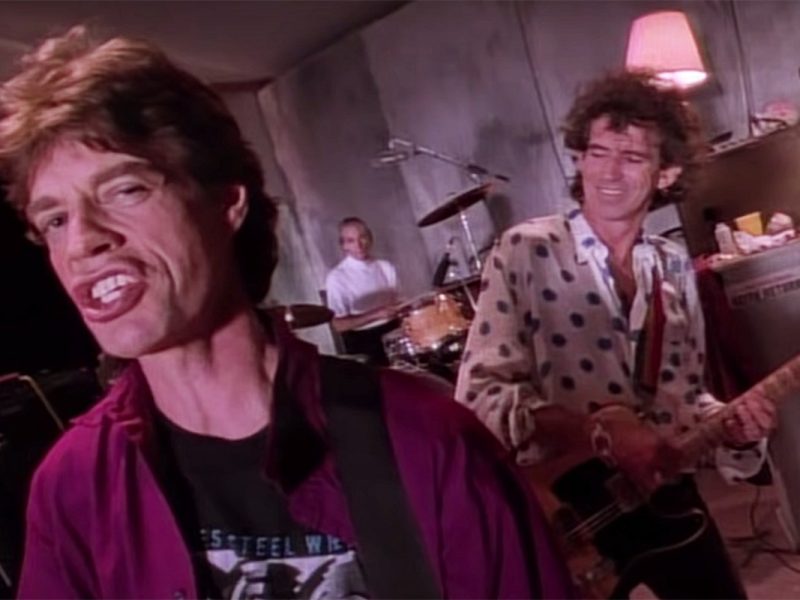Commercially, the Byrds weren’t exactly at the top of their game in 1968.
Their fifth album, The Notorious Byrd Brothers, released in January, topped out at No. 47. Its only single, “Goin’ Back,” barely cracked the Top 90. Plus, the band’s revolving door spit out cofounder David Crosby midway through the recording sessions.
Not that there was anything wrong with The Notorious Byrd Brothers; it was one of their best works. But the record-buying public, which gave the band a pair of No. 1 singles only three years earlier, was suddenly growing less interested in the Byrds’ exploratory nature.
With both Crosby and drummer Michael Clarke now gone, Roger McGuinn and Chris Hillman were the only original members left – and they began eyeing their future. They had dipped into country music on The Notorious Byrd Brothers, and McGuinn wanted to expand the concept on an entire album based on the sounds of Americana – bluegrass, Western swing, jazz. The problem was that he and Hillman couldn’t do it alone.
So they recruited Hillman’s cousin Kevin Kelley on drums and a young singer-songwriter named Gram Parsons (who’d led a country-rock psychedelic group called the International Submarine Band) on guitar, keyboards and vocals. The sessions would be rounded out with various studio musicians on banjo, fiddle and pedal-steel guitar.
As recording for Sweetheart of the Rodeo began, and Parsons became a major presence and influence on the sessions, McGuinn’s concept was downscaled to a country album punctuated with rock ‘n’ roll grace notes.
Listen to the Byrds’ ‘You Ain’t Goin’ Nowhere’
Parsons even talked the group into relocating to Nashville to record the album, which was made up of Parsons originals (“Hickory Wind”), traditional cuts (“I Am a Pilgrim”), country covers (the Louvin brothers’ “The Christian Life”) and a pair of Bob Dylan songs (including “You Ain’t Goin’ Nowhere,” which was still unreleased when the Byrds cut their version).
But sometime between Sweetheart of the Rodeo‘s post-production and release, Parsons’ old record company contested his involvement with the Byrds, citing contractual obligations. That prompted McGuinn to replace the young singer-songwriter’s lead vocals with his own.
Parsons went to his grave in 1973 claiming McGuinn wasn’t forced to swap the tracks; it was merely McGuinn’s way to wrestle back control of his group, he said. The original vocals were eventually released on 1990’s The Byrds boxed set.
Either way, Parsons left the band soon after and formed the Flying Burrito Brothers, taking Hillman with him. Sweetheart of the Rodeo became a landmark recording, marking the birth of country rock while eventually being regarded as one of the most important and influential LPs ever made.
That didn’t help sales any. Released on Aug. 30, 1968, Sweetheart of the Rodeo was the Byrds’ lowest-charting album up to that point, stalling at No. 77. The only single to chart, Dylan’s “You Ain’t Goin’ Nowhere,” didn’t do much better, climbing to No. 74 before disappearing.
Still, the album’s legacy can be heard in every single alt-country artist worth his or her twang, and in every rock band that ever even glanced in country music’s direction.
44 Famous Records You Probably Didn’t Realize Were Covers
Bet you didn’t know somebody else recorded these songs before they got popular.



